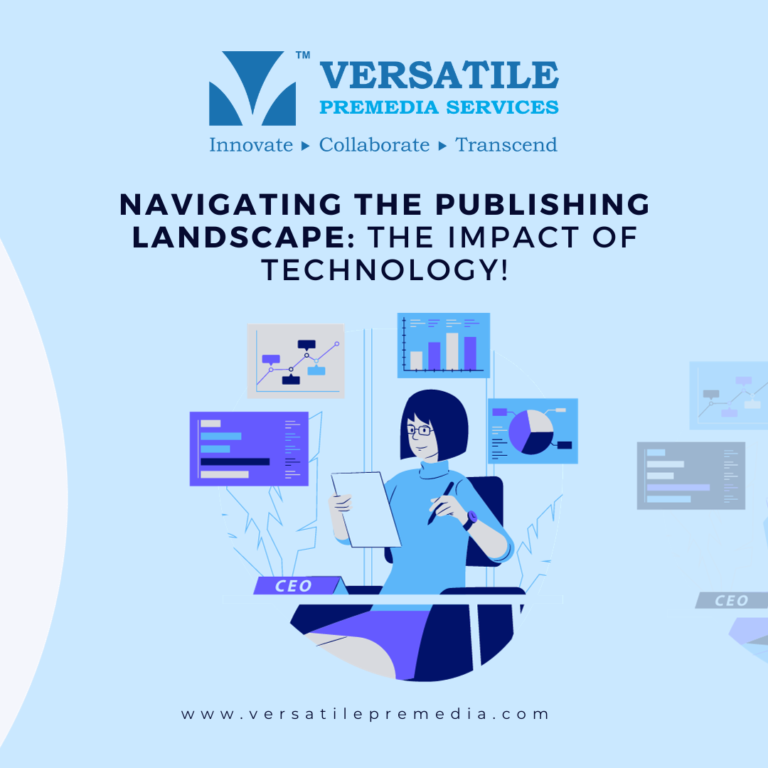In an ever-evolving digital landscape, the publishing industry is no stranger to the transformative power of technology. As publishing processes become increasingly automated, it’s natural to wonder: Can technology truly assist in copyediting? The answer is a resounding “yes,” but with some crucial nuances.
1. Automated Proofreading Tools:
Embrace the array of automated proofreading tools available today. From spellcheckers to grammar and style checkers, these tools can significantly reduce human errors and improve the overall quality of your content.
2. Style and Consistency Checkers:
Invest in software that not only checks for grammar but also ensures consistent style throughout your content. This is especially valuable for publications with extensive style guides.
3. Plagiarism Detection:
Plagiarism checkers are now more sophisticated than ever. Utilize them to ensure your content is entirely original and to avoid unintentional plagiarism.
4. AI-Powered Editing:
The emergence of AI-powered editing tools has revolutionized copyediting. These tools can analyze context, improve sentence structure, and even suggest alternative phrasing.
5. Collaborative Editing Platforms:
Choose collaborative editing platforms that streamline the editing process. These platforms enable multiple editors to work on the same document simultaneously, saving time and enhancing efficiency.
While technology has brought significant advancements to the field of copyediting, it’s essential to remember that it complements human expertise rather than replaces it. Combining the precision of technology with the nuance of human editors yields the best results.
At Versatile PreMedia Services, we understand the delicate balance between technology and human touch in copyediting. If you’re curious about how technology can elevate your publishing endeavors, let’s meet at the Frankfurter Buchmesse.
Book a coffee meet session with us today and explore the future of editing.




